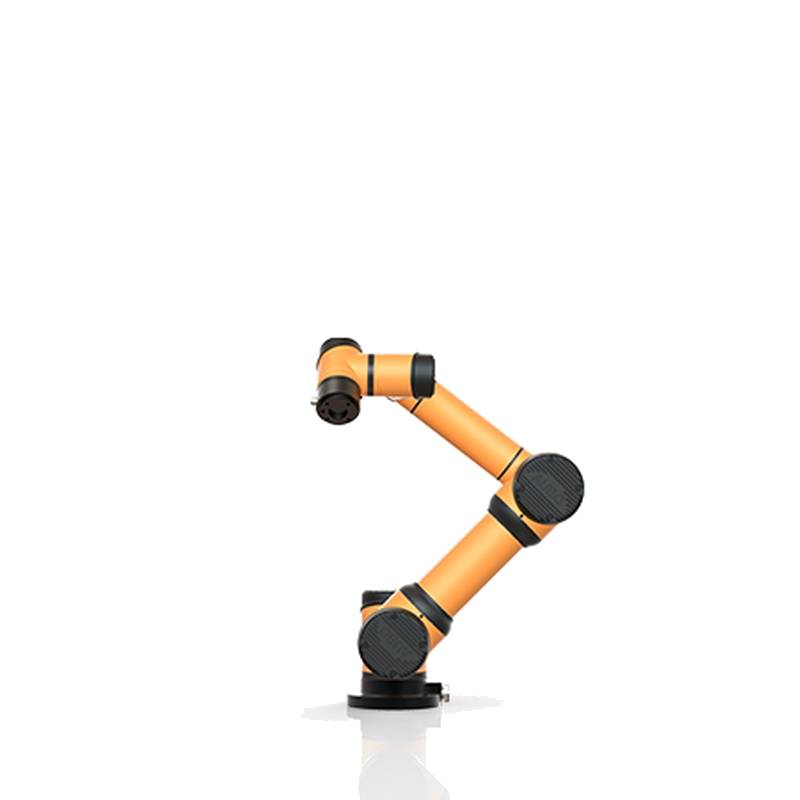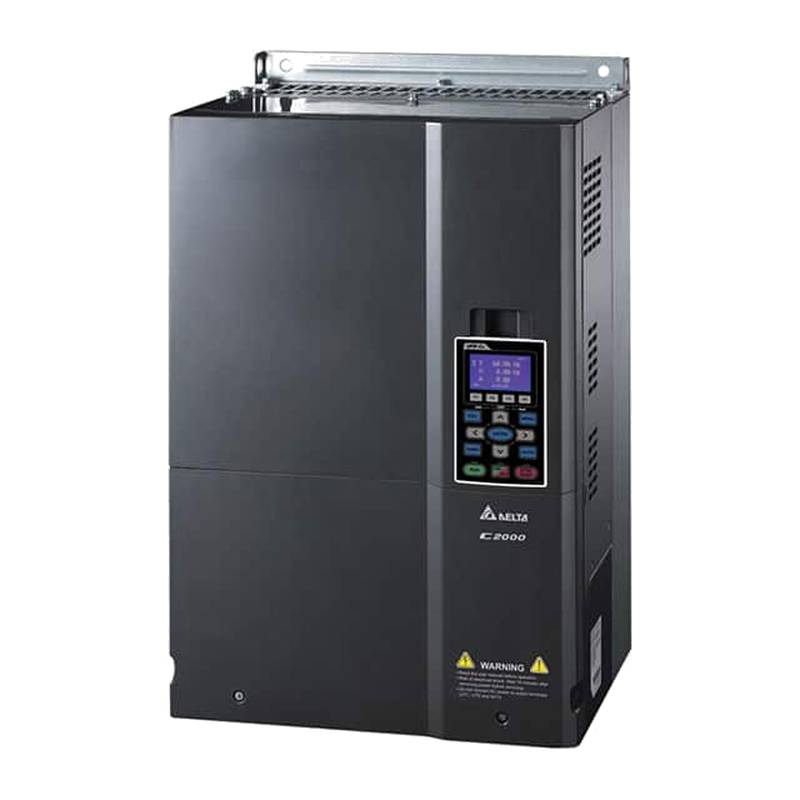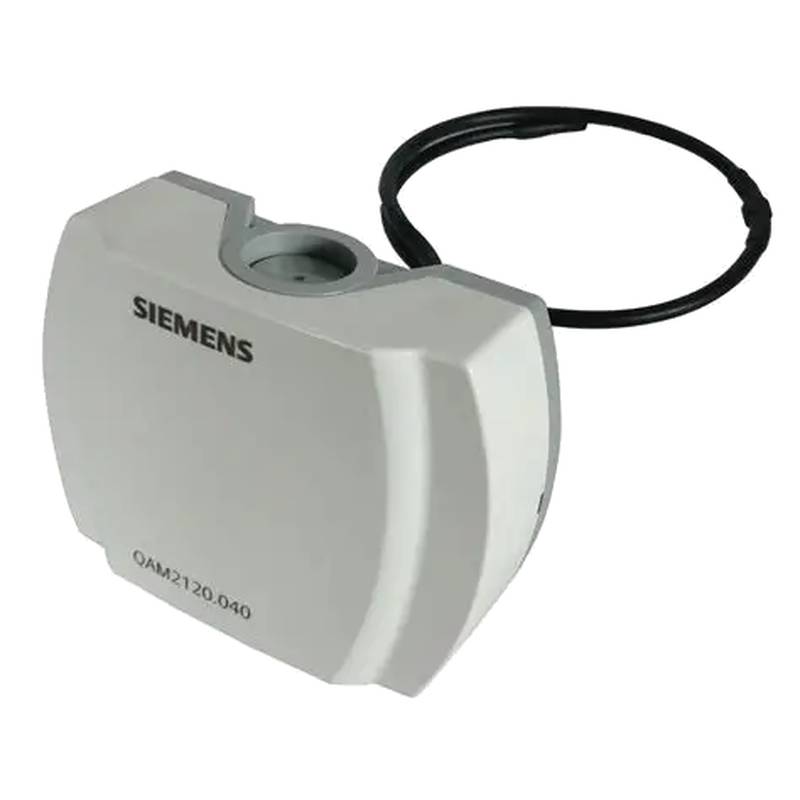
The Siemens 5SN6410-7CN Miniature Circuit Breaker (MCB) 4P 10A stands as a robust and reliable solution for protecting electrical circuits in a myriad of industrial and commercial applications. This 4-pole, 10-ampere MCB distinguishes itself with high breaking capacity, excellent tripping characteristics, and superior protection against overload and short-circuit faults. Designed for seamless integration into modern electrical systems, it offers advanced safety features and dependable performance, making it a preferred choice for demanding environments.
Product Specifications
| Feature | Specification |
| :---------------------- | :---------------------------------------------- |
| Product Type | Miniature Circuit Breaker (MCB) |
| Manufacturer | Siemens |
| Model Number | 5SN6410-7CN |
| Number of Poles | 4P (4-pole) |
| Rated Current (In) | 10A |
| Rated Voltage (Un) | Up to 400V AC |
| Breaking Capacity (Icn) | 6kA (kA = Kiloamperes) |
| Tripping Curve | Type C (typically for inductive loads) |
| Frequency | 50/60 Hz |
| Protection Type | Overload and Short Circuit |
| Insulation Voltage (Ui) | 500V |
| Impulse Withstand Voltage | 4kV |
| Degree of Protection | IP20 (terminals), IP40 (enclosure) |
| Mounting Type | DIN Rail (35mm) |
| Terminal Connection | Screw terminals |
| Ambient Temperature | -25°C to +55°C |
| Compliance Standards | IEC/EN 60898-1, IEC/EN 60947-2 |
Core Features & Market Positioning
The Siemens 5SN6410-7CN is engineered with a focus on precision and durability, positioning it as a premium protective device in the competitive MCB market. Its Type C tripping characteristic offers enhanced protection for circuits with moderate inrush currents, such as those found in motor control or lighting systems, without nuisance tripping. The robust construction ensures consistent performance even under harsh industrial conditions, a hallmark of Siemens' commitment to quality. This MCB provides reliable circuit interruption, safeguarding equipment and personnel from electrical hazards, which is paramount in sectors demanding high operational integrity. Its competitive advantage lies in the blend of advanced Siemens technology, adherence to stringent international standards, and a reputation for long-term reliability and safety.
Key Application Scenarios
This 4-pole, 10A MCB is ideally suited for main distribution boards, sub-distribution boards, and control panels across various sectors. Its application spans industrial facilities for protecting machinery and power circuits, commercial buildings for safeguarding lighting and power outlets, and data centers where reliable power distribution is critical. It is particularly effective in systems requiring a complete disconnection of all phases, such as in three-phase motor protection or where safety regulations mandate the isolation of all live conductors. The 5SN6410-7CN is also a viable option for renewable energy installations, offering dependable protection in inverter output circuits.
Practical System Integration Guidance
Installing the Siemens 5SN6410-7CN is straightforward, designed for efficient integration into standard electrical enclosures. The unit mounts directly onto a 35mm DIN rail, requiring minimal assembly time. For optimal performance and safety, ensure proper termination of conductors into the screw terminals, adhering to the specified torque values to prevent loose connections and overheating. Wiring configurations for a 4-pole breaker typically involve connecting the incoming power supply to the line terminals and outgoing loads to the load terminals, ensuring all four poles are utilized for complete circuit protection. Compatibility with other Siemens circuit protection devices and busbar systems facilitates streamlined panel building and system expansion.
Operation and Risk Mitigation
The primary function of the 5SN6410-7CN MCB is to automatically interrupt electrical current when it exceeds safe levels due to overloads or short circuits. Overload protection is achieved through a thermal tripping mechanism, while short-circuit protection utilizes an electromagnetic mechanism for rapid response. Users should be aware that nuisance tripping can occur if the connected load's inrush current consistently exceeds the MCB's threshold, suggesting a need for a higher rated MCB or a different tripping curve. In the event of persistent tripping without a clear fault, a qualified electrician should inspect the circuit for hidden damage or excessive load. Proper installation and adherence to the rated current and voltage limits are crucial for mitigating risks and ensuring the device's longevity.
Scalability & Long-Term Value
The Siemens 5SN6410-7CN MCB offers significant long-term value through its inherent reliability and compatibility with broader Siemens industrial solutions. While this specific model is fixed at 10A, the Siemens product ecosystem allows for easy scalability by integrating additional MCBs or other protective devices as power demands evolve. Its compliance with international standards ensures it integrates seamlessly into existing and future electrical infrastructure, including potential upgrades to smart grid or IIoT-enabled systems through compatible Siemens communication modules. The durable construction minimizes replacement needs, contributing to a lower total cost of ownership over the lifespan of the electrical installation.
Frequently Asked Questions
What is the breaking capacity of the Siemens 5SN6410-7CN MCB?
The Siemens 5SN6410-7CN MCB features a breaking capacity of 6kA. This rating indicates its ability to safely interrupt fault currents up to 6000 amperes. It is crucial for ensuring the device can handle short-circuit events without sustaining damage.
How does the Type C tripping curve protect electrical circuits?
Type C tripping curves are designed for circuits with moderate inrush currents, common in inductive loads like motors. They trip between 5 to 10 times the rated current, balancing protection with preventing nuisance tripping from startup surges. This makes it suitable for many industrial applications.
Can the Siemens 5SN6410-7CN MCB be used for DC applications?
No, this MCB is specifically designed for AC applications up to 400V. Using it in DC circuits can lead to arc instability and failure, as DC arcs are more difficult to extinguish. Always select DC-rated circuit breakers for direct current systems.
What is the purpose of a 4-pole MCB?
A 4-pole MCB simultaneously disconnects all four conductors (three phases and neutral). This provides complete isolation, essential for safety in three-phase systems or when regulations require full power disconnection. It enhances safety during maintenance and fault conditions.
What is the maximum ambient temperature for operating this MCB?
The Siemens 5SN6410-7CN MCB can operate reliably in ambient temperatures ranging from -25°C to +55°C. Operating outside this range can affect performance and lifespan. Ensure adequate ventilation in enclosed spaces to maintain optimal operating conditions.
How do I wire the Siemens 5SN6410-7CN MCB for a 3-phase load?
For a 3-phase load, connect the incoming 3-phase power supply to the line terminals (L1, L2, L3) and the neutral to the neutral terminal (N). Then, connect the outgoing load phases to the corresponding load terminals. Ensure all four poles are used for complete protection.
What standards does this MCB comply with?
This MCB complies with IEC/EN 60898-1 and IEC/EN 60947-2 standards. These globally recognized safety and performance standards ensure the device meets rigorous requirements for circuit protection devices. Compliance guarantees quality and interoperability.
What is the degree of protection for the Siemens 5SN6410-7CN?
The MCB has an IP20 degree of protection for its terminals, meaning it is protected against solid objects larger than 12.5mm but not against water. The enclosure itself offers IP40 protection, safeguarding against objects larger than 1mm.
What type of loads is best suited for a Type C breaker?
Type C breakers are ideal for general circuits with lighting, sockets, and small to medium-sized motors. They are designed to handle moderate inrush currents typical of inductive loads. This provides protection without excessive nuisance tripping during normal operation.
Can I replace a 6kA MCB with a 10kA MCB of the same rating?
Yes, you can generally replace a lower breaking capacity MCB with one of a higher capacity (e.g., 6kA with 10kA). This enhances safety by providing a greater fault current interruption capability. Ensure all other specifications, like current rating and tripping curve, match.

























